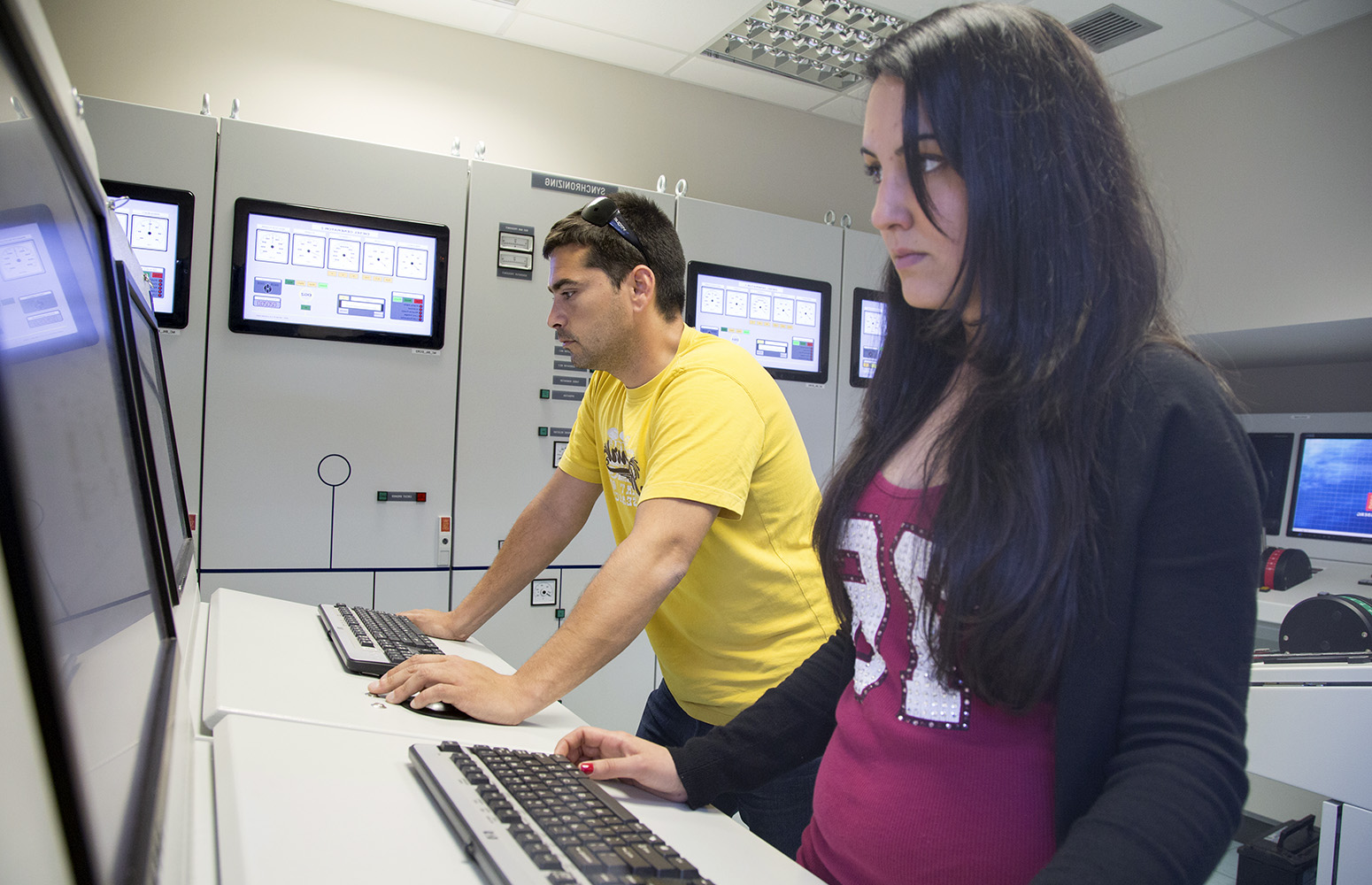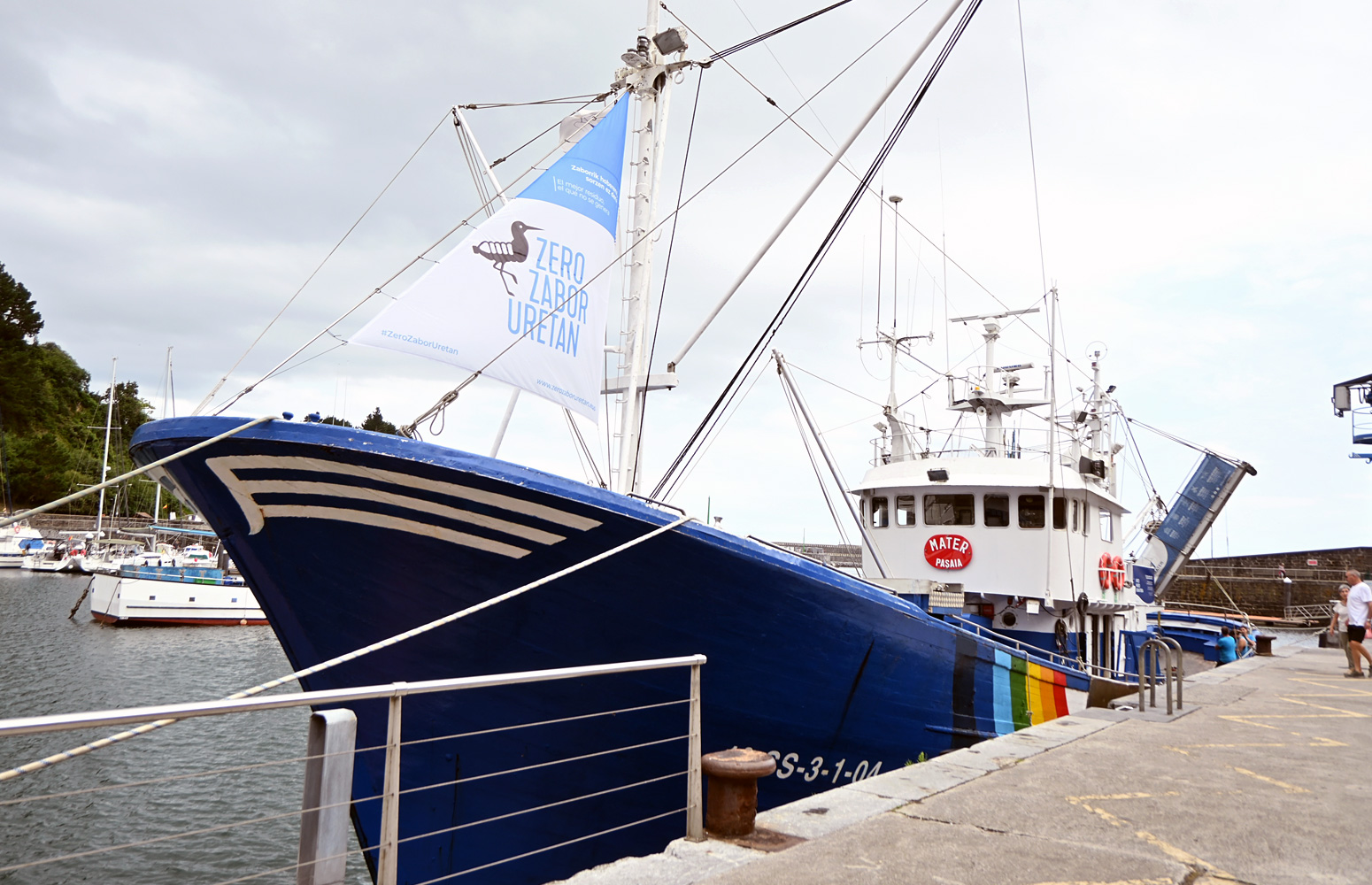Among the various alternatives designed to upgrade waste animal bones, the production of hydroxyapatite (HAp) has been drawing attention since the hard tissues of animals constitute a natural source of HAp. This material can be used in the production of prostheses, electrodes and absorbent material designed to eliminate contaminants in the form of liquid and gas.
-

Ereño Gorria kareharria da mundu mailako ondarea osatzen duten 50 harrietako bat
-

20.000 lagun inguruk egin dute aurretiazko izen-ematea UPV/EHUn gradu ikasketak egiteko
-

% 92ko okupazioa UPV/EHUko graduatuen artean
-

103 master ofizialek eta berezko 72 tituluk osatuko dute UPV/EHUren 2024-2025eko eskaintza
-

USE ezohiko deialdian matrikulatu zirenen % 89,17k gainditu du
Producing hydroxyapatite from waste animal bones
Researchers at the UPV/EHU-University of the Basque Country have come up with a method to make it more effective in industrial applications
- Research
First publication date: 03/12/2015

The work, published in the Journal of Materials Science, started off in the quest for ways of solving the high level of waste production in livestock enterprises in the area and facilitating the upgrading of pork bones. "The use of this waste matter as a base material to produce hydroxyapatite (HAp) is attractive because it is a natural product and is easily available as an industrial by-product in the food processing industry," explained the researchers. "When an initial, gentle pre-pyrolysis stage (450ºC) is applied, the soft part of the bone (collagen, fatty tissue, etc.) can be removed and this makes the subsequent chemical treatment more effective." What this in fact does is "weaken" the bone structure in order to facilitate gasification reactions during the final phase of the pyrolysis, which takes place at temperatures of between 600 and 800 ºC.
As a result of the crisis involving bovine spongiform encephalopathy (BSE), the use of meat and bone meal to feed livestock was banned in the European Union. In the quest for other applications for animal bones, the production of hydroxyapatite (HAp) using pyrolysis showed that it could be of interest owing to the versatility of the main compound that can be used in electrochemical and absorption processes, among other things. The use largely depends on the textural proprieties, which can be improved through chemical treatment prior to pyrolysis.
Pyrolysis consists of the thermal decomposition of matter in the absence of oxygen. The aim of the work by the researchers in the Department of Chemical Engineering at the UPV/EHU-University of the Basque Country sets out to specify the effectiveness of the three-step method, which includes the pre-pyrolysis (450° C), the chemical treatment and the pyrolysis of pork bones. The research done so far has focussed on studying the ideal conditions in terms of the type of activating chemical substance, the amount used and the optimum temperature during the final pyrolysis stage.
The results obtained and published by the UPV/EHU researchers have revealed that the substance used for the chemical treatment significantly affects the output of the process, in other words, the relationship between the amount of initial waste material and the amount of product obtained at the end (HAp). The global output of the use of pyrolysis for this task ranges between approximately 9 and 68%. The same thing happens with the impregnation ratio. For example, a chemical treatment using alkaline substances produced a 30% increase in the porosity of the resulting material with respect to the sample not chemically treated. By contrast, a dose equivalent to treatment using acids virtually destroyed the structure and left it without any porosity.
Broad applications
The 2006/12/EC Directive compels all Member States to provide tools to improve waste management. This led to the National Integral Waste Plan of Spain (PNIR), which stipulates among its strategic lines the need to seek ways of upgrading waste on a national and autonomous community (regional) level. The waste prevention and management plan of the Basque Country 2014-2020 does in fact aim to drive forward the best available techniques to implement the PNIR.
In this context, the pieces of research described propose the upgrading of farming waste, specifically animal bones, by converting them into high added-value material consisting mainly of hydroxyapatite. Hydroxyapatite (HAp), a blend of hydroxides and calcium phosphates (Ca10(PO4)6(OH)2), offers a technologically interesting alternative, since recent publications highlight the benefits arising out of its amphoteric properties (it can react as an acid or as a base) as well as its high ionic substitution capacity. So HAp has been successfully used in biomedical applications (such as prostheses) and in industrial ones (such as electrodes, absorbents and/or catalytic supports).
As for its industrial applications, if it can be provided with sufficient porosity, it could be used as an absorbent in liquid and gas effluent treatment processes. The absorption processes offer one of the best technologies available to eliminate the refractory contaminants from biological treatments routinely used in purification processes.
What is more, the UPV/EHU lecturers have also started to explore its use as a support for catalytic converters with use in selective carbon monoxide oxidation reactions (CO-PROX). This reaction is the most effective and researched option for eliminating traces of CO in the supply current for hydrogen fuel cells. Hydrogen fuel cells are regarded as a future alternative to the currently used sources of energy as they avoid the production of greenhouse gases and the use of the so-called fossil fuels: crude oil and natural gas.
The research group and its lines of work
The research team participating in the project is made up of two associate lecturers, Unai Iriarte-Velasco and José Luis Ayastuy-Arizti, and one assistant lecturer, Irene Sierra-Garcia, who work in the Faculty of Pharmacy, and the Faculty of Science and Technology of the UPV/EHU. The work comes within the framework of that currently being developed by the consolidated research group into Chemical Technologies for Environmental Sustainability (TQSA). TQSA has participated in various projects within the National R&D Plan for the Environment and the European Union (TMR Programme), focussing its research on areas closely linked to sustainable development, the care of the environment and eco-innovation. The group is attached to the Department of Chemical Engineering of the Faculty of Science and Technology. According to the NTU 2015 international ranking of universities, published on 11 October this year, in the field of Chemical Engineering the UPV/EHU is the top university in Spain, is ranked 14th in Europe and 73rd in the world.
Bibliographical reference
Iriarte, Unai; Sierra, Irene; Zudaire, Lorena; Ayastuy, José Luis. Conversion of waste animal bones into porous hydroxyapatite by alkaline treatment: effect of the impregnation ratio and investigation of the activation mechanism. Journal of Materials Science (2015) 50:7568–7582. DOI 10.1007/s10853-015-9312-6.
Photos: Nuria González






